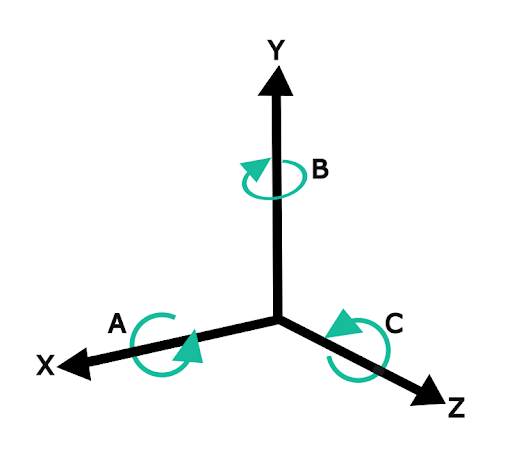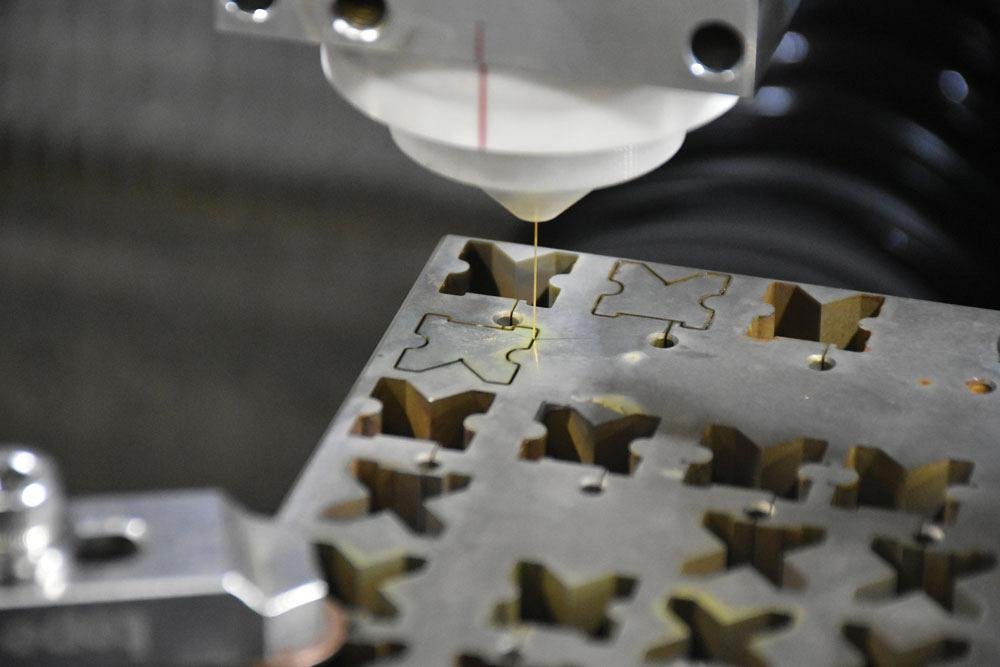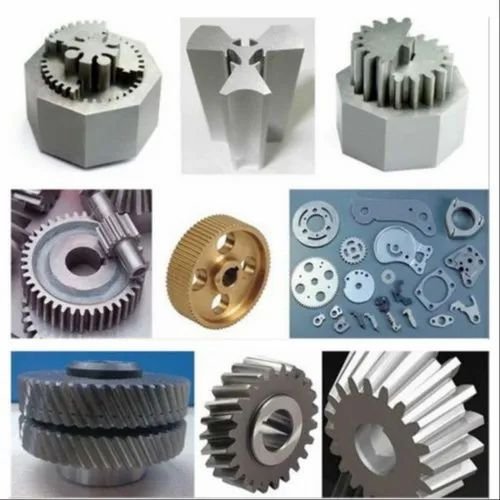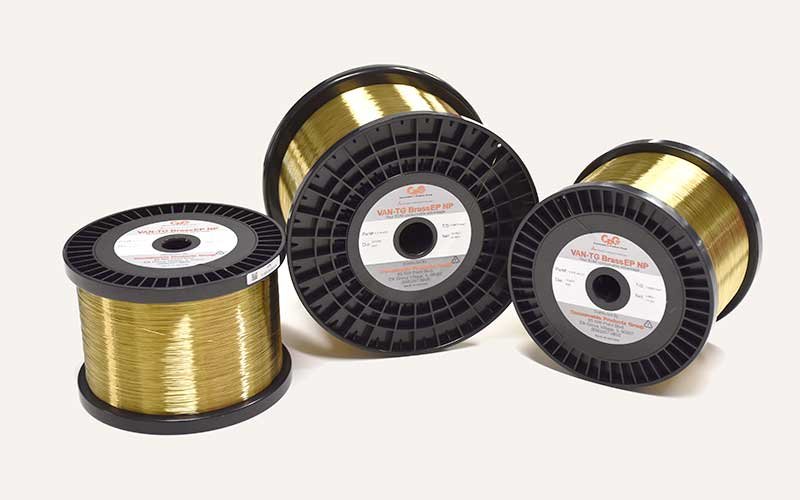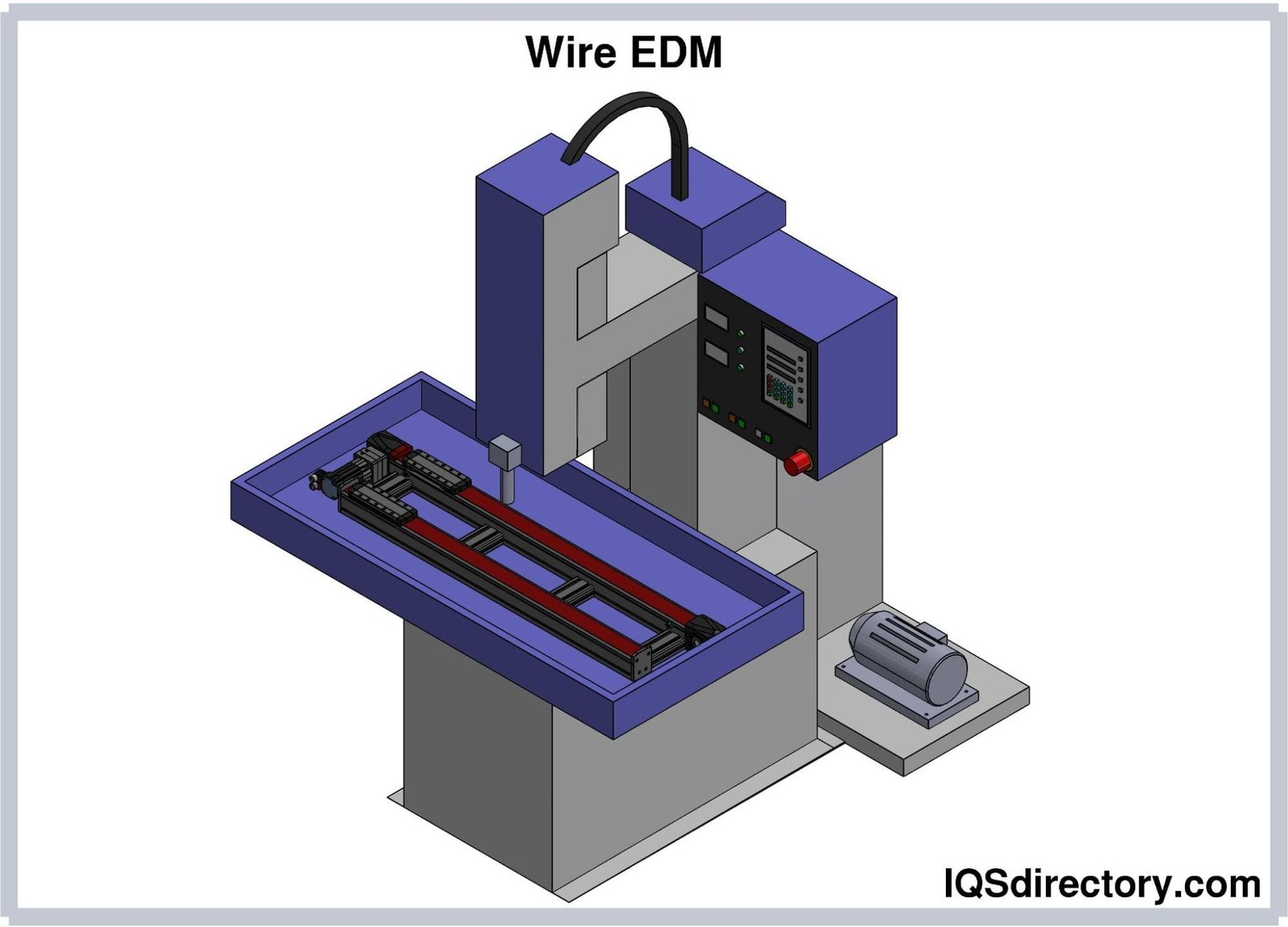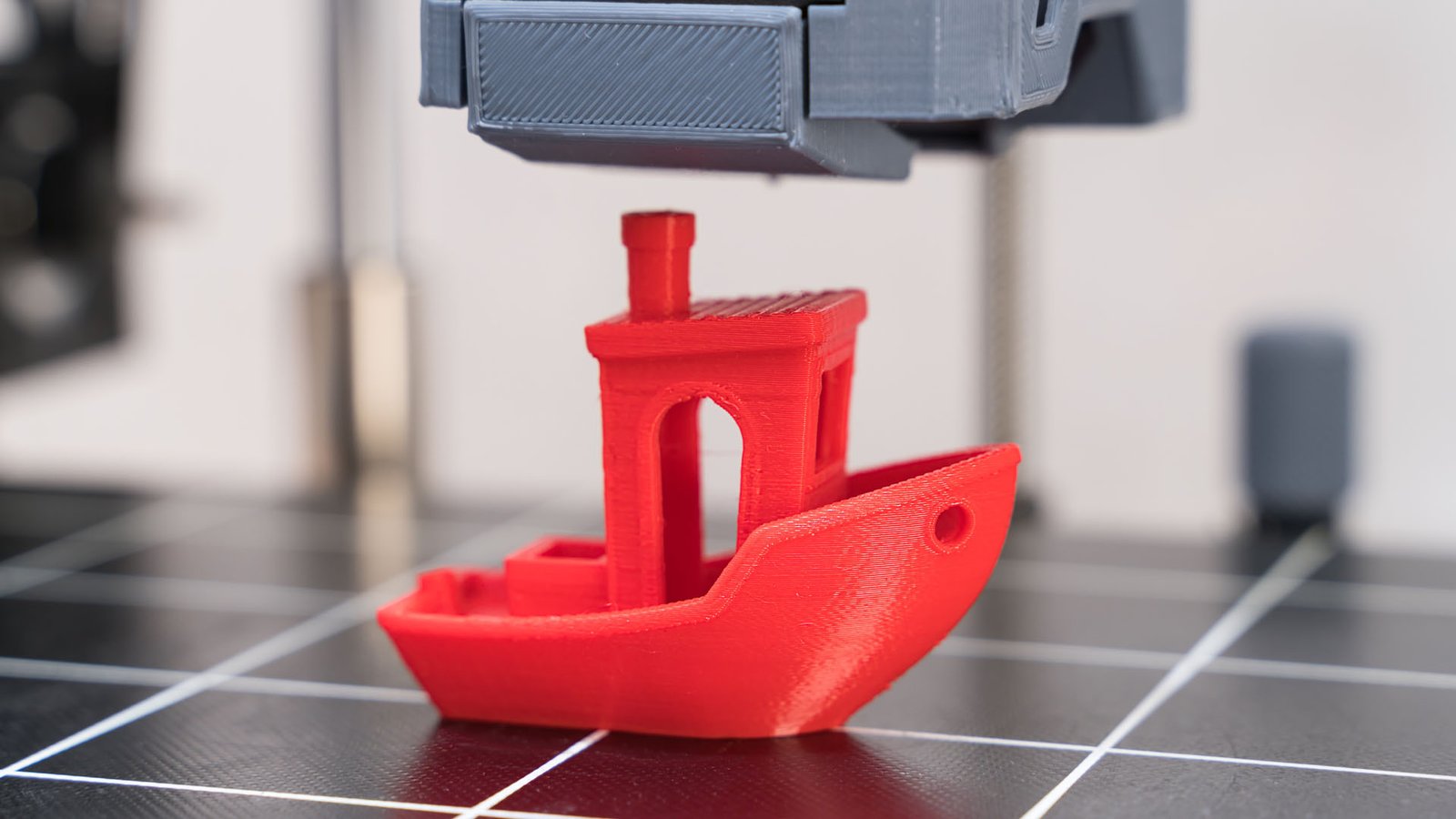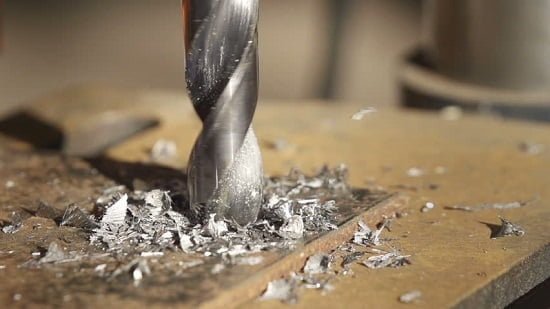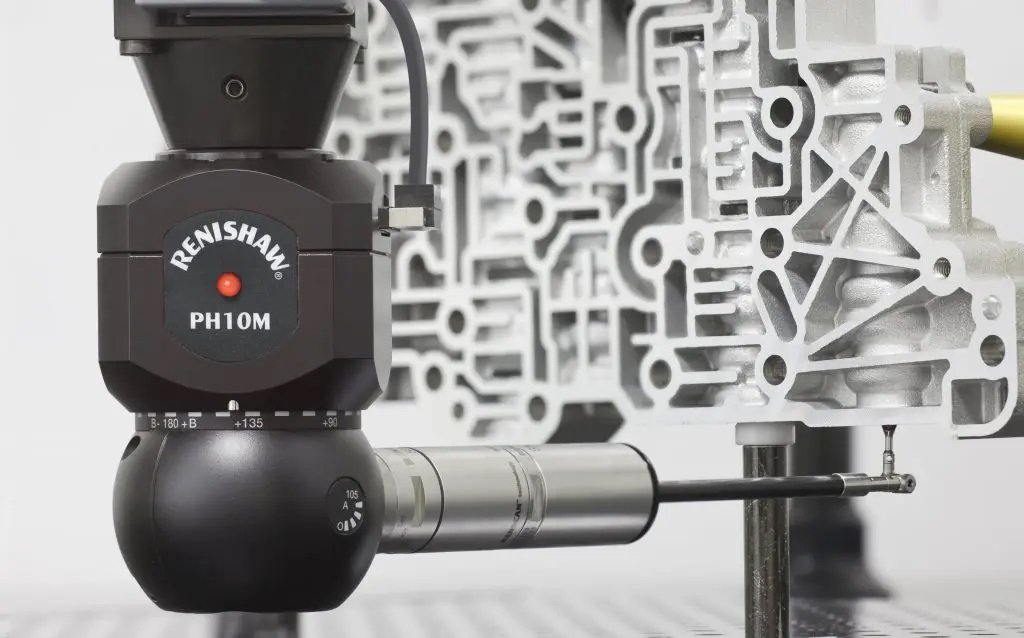what is Sawing?
Sawing, an ancient cutting technique, continues to evolve, adapting to new materials, accuracy requirements, and product complexities. Essentially, sawing involves creating a slit in a material by moving a toothed or abrasive blade across its surface. Traditionally used for rough cuts without strict tolerances, modern CNC sawing machines also handle precision finishing.
Key Sawing Terminology
- Rake: The angle of saw teeth relative to the cutting surface.
- Set: How far the saw teeth bend sideways from the blade.
- Gullet: The space between the tops of two teeth.
- Gage: The thickness of the saw blade.
- Pitch: The distance between the tops of adjacent teeth.
- Kerf: The cut made by the saw in a workpiece, or its width measurement.
Sawing Varieties
Sawing splits into two primary methods: continuous and reciprocating cutting. Reciprocating saws move back and forth, cutting on each stroke (or sometimes just on forward or reverse strokes), and are common in woodcutting and CNC machining. Continuous cutting saws move unidirectionally, constantly removing material, and include bandsaws (with thin, flexible, looped blades) and cold saws (with circular, toothed blades). Specialized forms like friction cutting (using high-speed saws to generate heat that melts metal without forming chips) and abrasive cutting (where blades coated with abrasive material grind away material) are also part of continuous cutting.
Sawing can also be categorized by purpose. Cutoff sawing removes large material portions where tolerances are not critical, often being the most efficient due to the thin kerf and minimal chip production. Contour sawing, more precisely, creates complex shapes similar to milling by rotating the workpiece against a bandsaw.
Sawing Tools
Common tools include manual hacksaws (found in many tool kits for cutting various materials) and their industrial counterparts in CNC machines. Power hacksaws mechanically replicate the manual version’s action, cutting mainly on the forward stroke. Bandsaws, either horizontal, vertical or a combination, are efficient in various tasks, including contour cutting. Circular saws range from traditional high-speed toothed disks to friction and abrasive disks.
Sawing in CNC Machining
In CNC shops, sawing often starts the process by cutting bar stock into smaller sections for machining. It’s energy-efficient and produces minimal waste, making it preferable for simple cutoff tasks compared to milling or turning. For precise and intricate shapes, contour saws rival milling machines in accuracy and repeatability, often used to cut tool steel for making dies in other machining operations.
Latest Articles in your inbox
Subscribe to our newsletter to get the newest manufacturing and industrial services articles in your inbox once a week.


